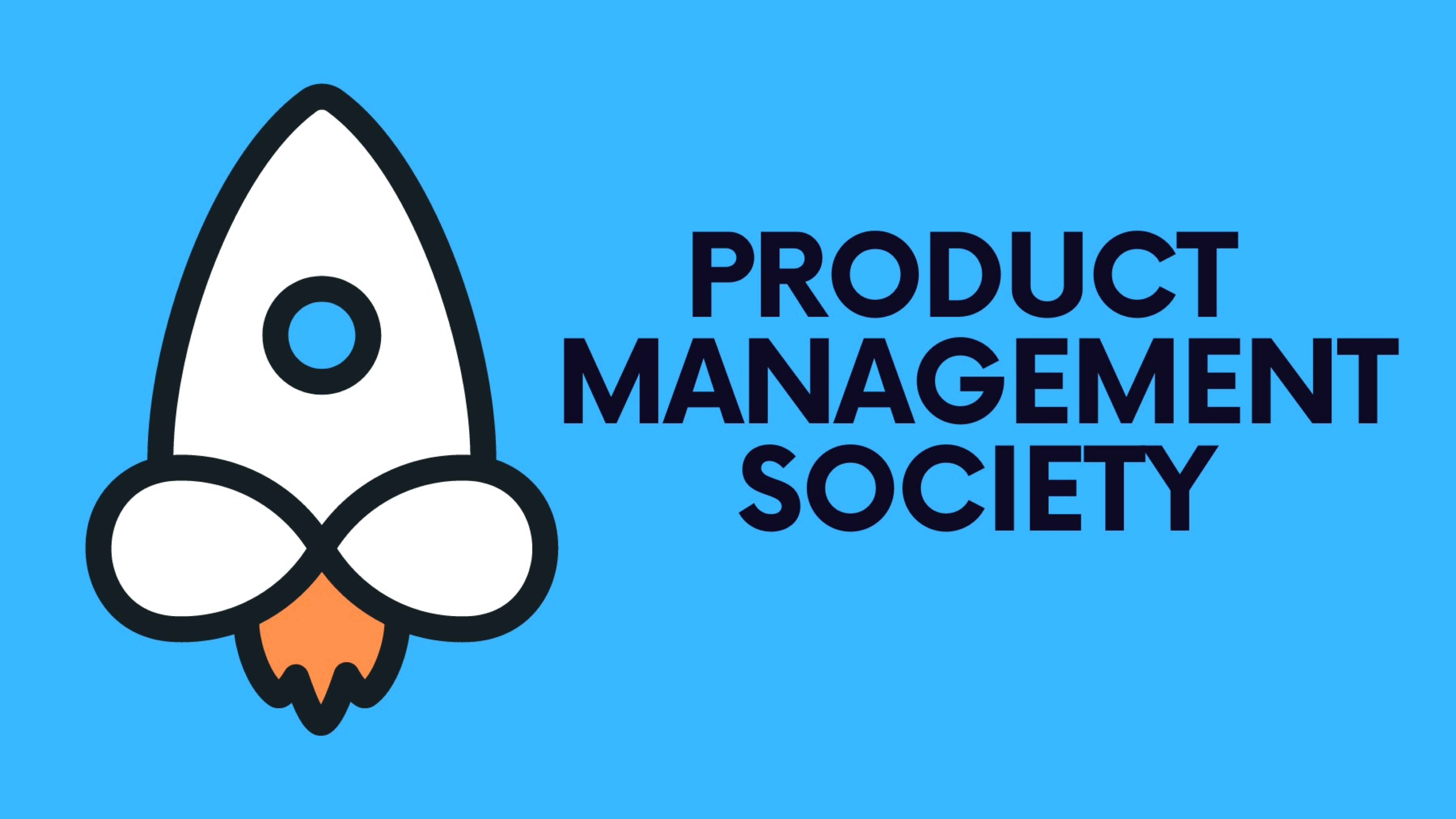Scrum is a popular agile framework used extensively in software development and increasingly in other fields as well. It relies heavily on roles and responsibilities defined clearly to streamline the process of product development. Among these roles, the Product Manager's position is often discussed alongside or in comparison to the Product Owner role within Scrum. This article explores the role of a Product Manager in a Scrum environment, how it differs from the Product Owner, and the key responsibilities they manage.
1. The Scrum Framework Basics
Before delving into specific roles, it’s essential to understand the core components of the Scrum framework which includes the Scrum Team: Product Owner, Scrum Master, and the Development Team. Each plays a critical role in the agile process, contributing to the product's iterative development and delivery.
2. Product Manager vs. Product Owner
Distinct Roles:
- In traditional Scrum, the role of a Product Owner is clearly defined. They are responsible for managing the product backlog, prioritizing features, and ensuring that the team delivers value to the business. The Product Manager, in many organizations that use Scrum, might not be a formal part of the Scrum Team but works closely with the Product Owner.
Strategic vs. Tactical:
- The Product Manager typically handles more strategic functions; they focus on market trends, product vision, and customer engagement strategies. Conversely, the Product Owner deals with more tactical duties that require day-to-day attention within the Scrum framework.
3. The Role of a Product Manager in Scrum
Visionary Leadership:
- The Product Manager in a Scrum environment is often seen as a visionary who defines the broader business and product goals. They articulate what success looks like and ensure that the vision aligns with the business objectives.
Market and Customer Insight:
- They continuously gather and analyze market and customer data to inform the product strategy. This includes identifying customer needs, understanding competitive dynamics, and incorporating feedback into the product development cycle.
Stakeholder Collaboration:
- Product Managers collaborate extensively with stakeholders, including marketing, sales, customer support, and the executive team, to ensure that the product direction is cohesive and aligns with the company’s growth strategies.
4. Bridging the Gap
- In some organizations, particularly those where agile methodologies are newly adopted, the Product Manager and the Product Owner roles may overlap, or one individual might hold both titles. Effective communication and clear delineation of responsibilities are vital in such scenarios to avoid confusion and ensure that both strategic and tactical product needs are adequately met.
5. Conclusion
Understanding the role of a Product Manager within the context of Scrum is crucial for companies implementing or optimizing agile practices. While they may not always be directly involved in the day-to-day Scrum processes, their influence on product strategy and their work alongside the Product Owner is vital for the product’s success. As agile methodologies evolve, the collaboration between Product Managers and Product Owners will continue to be a key factor in delivering products that meet customer needs and drive business growth.
If you’re finding this blog valuable, consider sharing it with friends, or subscribing if you aren’t already. Also, consider coming to one of our Meetups and following us on LinkedIn ✨
Thanks for reading Product Management Society! Subscribe for free to receive new weekly posts 🚀







